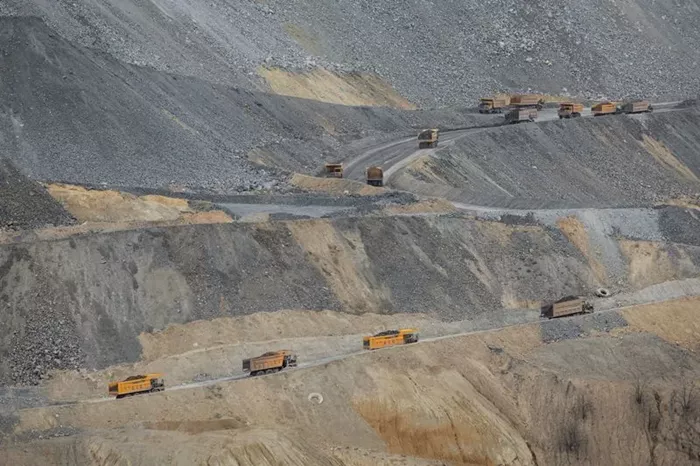Iron ore futures saw a decline on Monday, breaking a four-day streak of gains, as the imposition of new duties on Chinese steel raised concerns about demand for the key steelmaking ingredient. The most-traded May iron ore contract on China’s Dalian Commodity Exchange (DCE) dropped 0.89%, reaching 831.5 yuan ($114.87) per metric ton. Similarly, the benchmark March iron ore contract on the Singapore Exchange also fell by 0.22%, closing at $108.25 a ton.
A major contributor to this price drop was Vietnam’s decision to impose a temporary anti-dumping levy of up to 27.83% on some steel products from China. This followed the announcement of a 25% tariff on all steel imports by U.S. President Donald Trump earlier this month, which has already led South Korea to impose provisional tariffs on Chinese steel plates.
Despite the decline in prices, there were some mitigating factors. A report from the Chinese consultancy Mysteel noted that production among Chinese blast furnace steel producers had been edging down due to regular maintenance works at mills. As a result, the capacity utilization rate of blast furnace steel mills decreased for the second consecutive week, with daily hot metal production falling by 0.21% to 2.28 million metric tons as of February 20. Since hot metal output is an indicator of iron ore demand, the decrease suggests weaker demand for iron ore.
On the positive side, global iron ore shipments have seen a slight decline year-on-year, partly due to adverse weather in Australia, and portside iron ore inventories in China have dropped by 1.15% to 145.8 million metric tons as of February 21. While the drop in inventories suggests tighter supply, it wasn’t enough to prevent the price decline.
Additionally, other steelmaking materials like coking coal and coke also saw losses on the DCE, with coking coal falling by 1.77% and coke by 2.46%. On the Shanghai Futures Exchange, most steel benchmarks posted losses, including rebar (-0.8%), hot-rolled coil (-1.3%), and stainless steel (-0.49%), although wire rod gained 0.76%.
In summary, while there are some positive signs like decreasing port inventories in China, the increasing steel tariffs and a slowdown in Chinese steel production have put downward pressure on iron ore prices.
Related topics:
Venture Global Receives Approval to Increase LNG Export Capacity at Plaquemines Plant
Trump Proposes DOGE Savings for Citizens, Defends Cost-Cutting Measures Amid Criticism
Wesfarmers Warns of Inflation Risks Amid Profit Beat and Price Hikes Considerations


